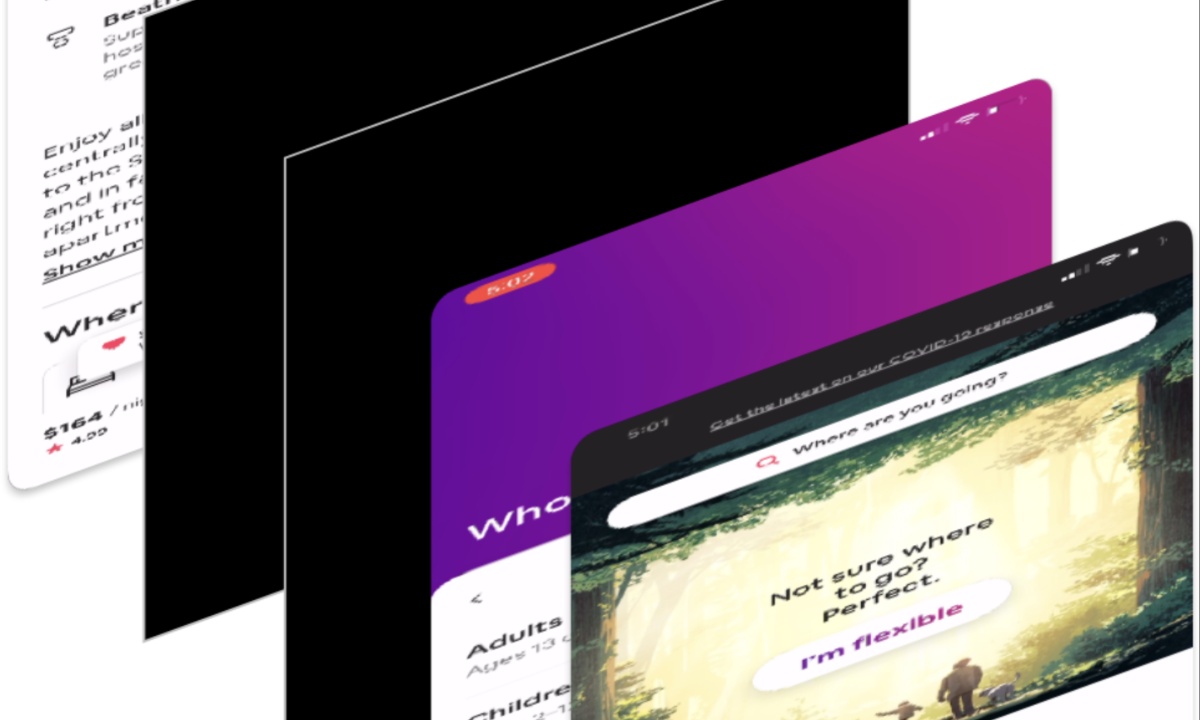Understanding user intentions from user interface (UI) interactions is a complex task requiring the processing of multimodal inputs such as images and natural language. This involves capturing the temporal relationships within UI sequences, which poses a challenge due to the need for efficient cross-modal feature processing.
While advancements in multimodal large language models (MLLMs) like OpenAI’s GPT-4 Turbo and Anthropic Claude 3.5 Sonnet show promise in personalizing user experiences, they come with high computational costs and latency issues. These characteristics make MLLMs unsuitable for lightweight, on-device solutions where privacy and low latency are prioritized.
Currently, lightweight models designed to analyze user intent are still too resource-intensive to run efficiently on user devices. However, the Joint Embedding Predictive Architecture (JEPA), a self-supervised learning approach developed by Meta AI’s Yann LeCun, offers a potential solution.
JEPA focuses on learning high-level features from visual data without the need to predict every detail, which significantly reduces the dimensionality of the problem. This approach enhances efficiency and allows for the training of smaller models using large amounts of unlabeled data, eliminating the need for expensive manual labeling.

Leverage UI-JEPA for Efficient On-Device User Intent Recognition Using Lightweight Multimodal Models
Building on the JEPA framework, the UI-JEPA model adapts this approach to UI understanding. UI-JEPA combines a JEPA-based video transformer encoder and a lightweight language model (LM) to process video inputs of UI interactions. The encoder captures abstract feature representations, while the LM generates text descriptions of user intent.
With Microsoft’s Phi-3 LM, which has around 3 billion parameters, UI-JEPA strikes a balance between performance and efficiency, making it suitable for on-device applications. This model achieves high performance with fewer parameters compared to other state-of-the-art MLLMs, enabling a more practical application in real-world settings.
To further drive research in this area, the UI-JEPA team introduced two new multimodal datasets, “Intent in the Wild” (IIW) and “Intent in the Tame” (IIT). IIW contains sequences of ambiguous user actions, like booking a vacation rental, while IIT focuses on more common, clearer tasks like setting a reminder.
These datasets are intended to evaluate the model’s ability to generalize to unfamiliar tasks and enhance the development of MLLMs with improved generalization capabilities. The researchers believe that these datasets will contribute to the creation of more efficient, lightweight models in the field of UI understanding.
When tested against benchmarks, UI-JEPA demonstrated superior performance compared to other video encoders and even achieved comparable results to much larger MLLMs like GPT-4 Turbo in few-shot settings. Despite being significantly lighter, with just 4.4 billion parameters, UI-JEPA performed well in familiar tasks.
However, in zero-shot settings where the tasks were unfamiliar, UI-JEPA struggled to match the performance of more advanced cloud-based models. Incorporating text from the UI using optical character recognition (OCR) further improved the model’s results, highlighting the potential for future enhancements.
The future of UI-JEPA includes various applications, particularly in automated AI feedback loops and agentic frameworks. By continuously learning from user interactions, UI-JEPA can reduce annotation costs and improve user privacy.
Additionally, it can be integrated into systems that track user intent across different applications, enabling digital assistants to generate more accurate responses based on the user’s past interactions. UI-JEPA’s ability to process real-time UI data makes it an ideal fit for platforms like Apple’s AI suite, which focuses on privacy and on-device intelligence, offering a competitive advantage over cloud-reliant AI systems.









































